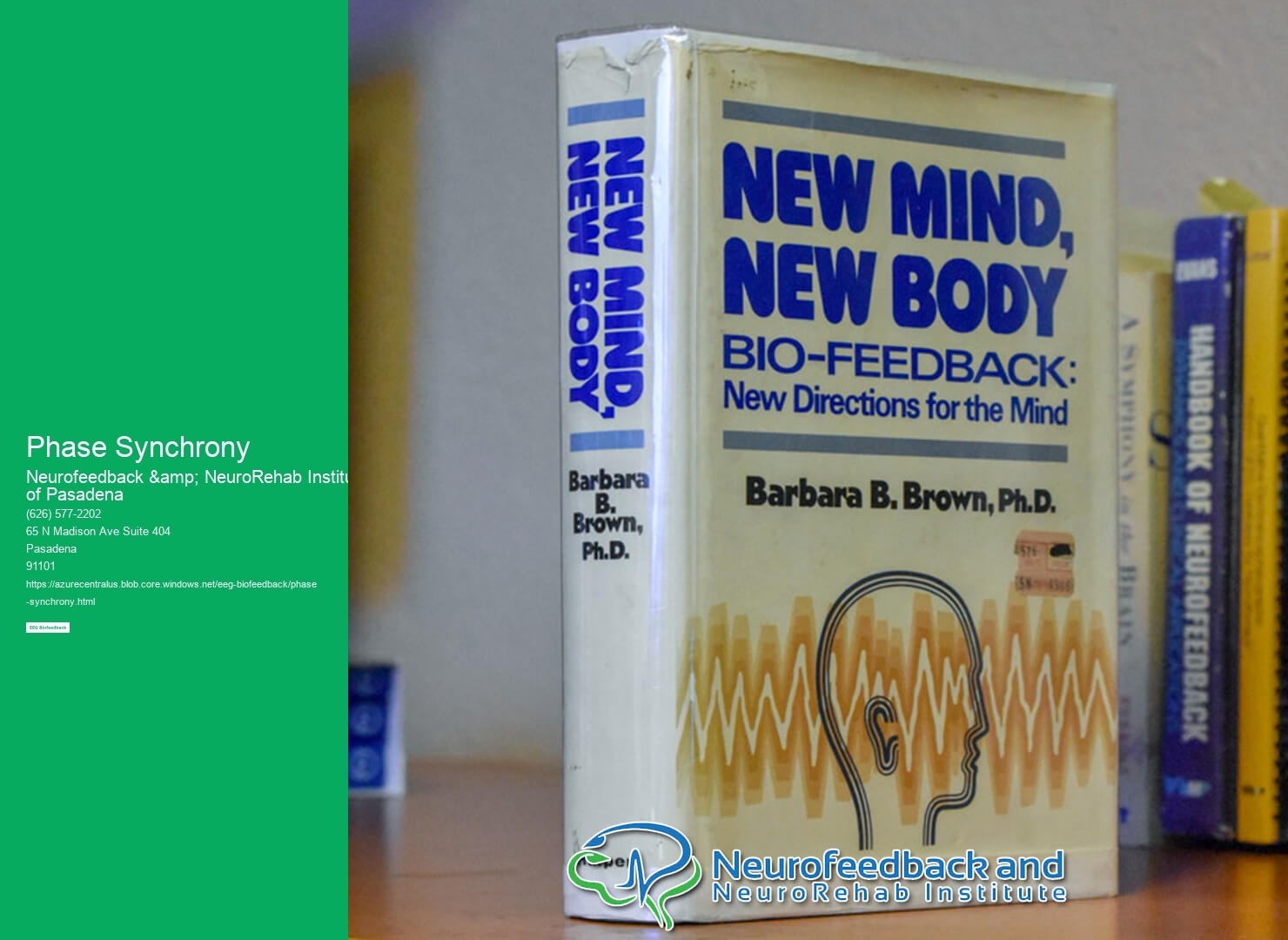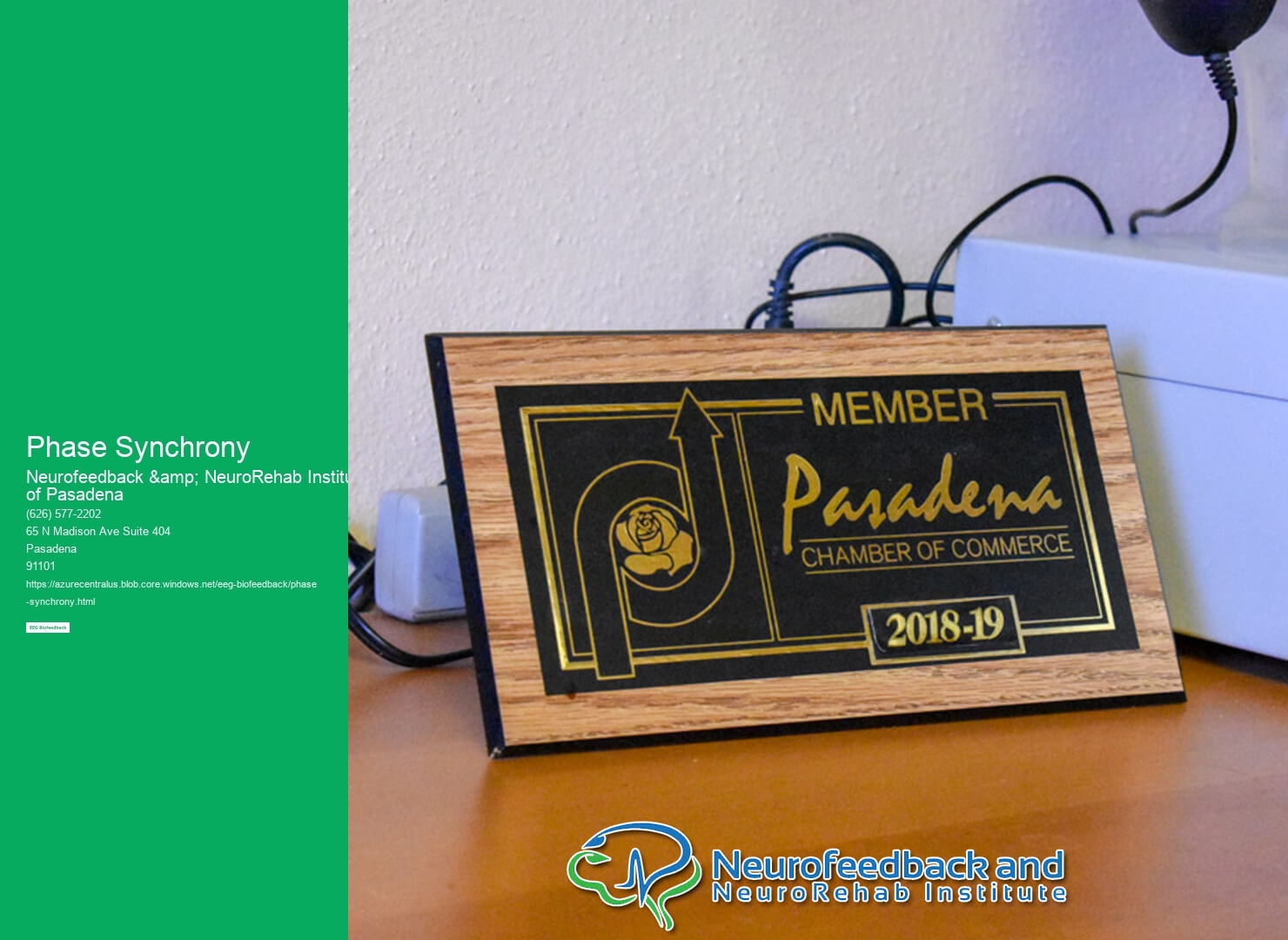

Phase synchrony refers to the coordination of neural activity between different brain regions, where the oscillatory patterns of these regions become synchronized. It is a measure of the temporal relationship between the phase of neural oscillations in different brain areas. Phase synchrony is thought to play a crucial role in information processing and communication within the brain. When brain regions are in phase synchrony, it suggests that they are actively engaged in the same cognitive or perceptual process. This synchronization allows for efficient communication and integration of information across different brain regions.
Electroencephalography (EEG) is a commonly used technique to measure phase synchrony in the brain. EEG records the electrical activity of the brain by placing electrodes on the scalp. By analyzing the oscillatory patterns in the EEG signals, researchers can determine the phase relationships between different brain regions. Various methods, such as phase coherence or phase locking value, can be used to quantify the degree of phase synchrony. EEG provides a non-invasive and relatively inexpensive way to study phase synchrony in both healthy individuals and clinical populations.
Phase synchrony has a wide range of potential applications in neuroscience research. It can be used to investigate the functional connectivity between brain regions during different cognitive tasks or states, such as attention, memory, or sleep. By examining the patterns of phase synchrony, researchers can gain insights into the underlying neural mechanisms of these processes. Phase synchrony can also be used to study brain disorders and neurological conditions. For example, abnormalities in phase synchrony have been observed in conditions such as epilepsy, schizophrenia, and Alzheimer's disease. Understanding the alterations in phase synchrony may help in the development of diagnostic tools and therapeutic interventions.

Phase synchrony differs from other measures of brain connectivity, such as functional connectivity. Functional connectivity measures the statistical dependencies between brain regions, while phase synchrony specifically focuses on the temporal coordination of neural oscillations. Functional connectivity can be measured using techniques like fMRI or resting-state EEG, which examine the correlation or coherence of neural activity. Phase synchrony, on the other hand, provides information about the precise timing and synchronization of neural oscillations, which is crucial for the coordination of information processing in the brain.
There are no specific brain regions or networks that are exclusively susceptible to phase synchrony. It is a phenomenon that can occur between any brain regions that are functionally connected. However, certain brain networks, such as the default mode network or the attention network, have been found to exhibit strong phase synchrony during specific cognitive tasks or states. These networks are involved in different aspects of cognition and are known to interact with each other. The strength and patterns of phase synchrony between these networks can provide insights into the coordination and integration of information across different cognitive processes.


Phase synchrony has the potential to be used as a biomarker for neurological disorders or cognitive impairments. Abnormalities in phase synchrony have been observed in various brain disorders, suggesting that it may be a sensitive indicator of altered brain function. By quantifying the degree of phase synchrony, researchers can potentially identify biomarkers that can aid in the diagnosis and monitoring of these conditions. However, further research is needed to establish the specificity and reliability of phase synchrony as a biomarker, as well as to determine its potential clinical applications.
Studying phase synchrony in the brain comes with several challenges and limitations. One challenge is the interpretation of the results, as phase synchrony can be influenced by various factors, such as the choice of analysis method or the frequency band of interest. Additionally, the relationship between phase synchrony and cognitive processes is complex and not fully understood. It is also important to consider the limitations of EEG as a measurement technique, such as its limited spatial resolution and susceptibility to artifacts. Finally, the interpretation of phase synchrony findings should be done in conjunction with other measures of brain connectivity and functional activity to obtain a comprehensive understanding of brain function.

Connectivity analysis plays a crucial role in EEG biofeedback research by providing insights into the functional connectivity patterns of the brain. It involves the examination of the relationships between different brain regions and how they communicate with each other. By analyzing connectivity, researchers can identify and understand the underlying neural networks and pathways involved in various cognitive processes and behaviors. This information is essential for developing effective EEG biofeedback protocols and interventions. Connectivity analysis techniques, such as coherence, phase synchronization, and graph theory, allow researchers to quantify and visualize the strength and directionality of connections between brain regions. This helps in identifying biomarkers, predicting treatment outcomes, and monitoring the effectiveness of EEG biofeedback interventions. Overall, connectivity analysis is a valuable tool in EEG biofeedback research, enabling a deeper understanding of brain function and facilitating the development of personalized and targeted interventions for various neurological and psychiatric conditions.
Neurotransmitters play a crucial role in the outcomes of EEG biofeedback. EEG biofeedback, also known as neurofeedback, is a non-invasive technique that aims to train individuals to self-regulate their brain activity. This is achieved by providing real-time feedback on brainwave patterns, which are measured using an electroencephalogram (EEG). Neurotransmitters are chemical messengers that transmit signals between neurons in the brain. They are involved in various physiological processes, including the regulation of mood, attention, and arousal. In the context of EEG biofeedback, neurotransmitters are thought to influence the brain's ability to learn and adapt to the feedback provided. For example, neurotransmitters such as dopamine and serotonin are associated with reward and motivation, and their levels may impact an individual's ability to engage in the training process and experience positive outcomes. Additionally, neurotransmitters like gamma-aminobutyric acid (GABA) and glutamate are involved in the regulation of neuronal excitability, which may influence the brain's ability to self-regulate and achieve desired changes in brainwave patterns. Therefore, understanding the role of neurotransmitters in EEG biofeedback outcomes is essential for optimizing the effectiveness of this therapeutic approach.
EEG biofeedback, also known as neurofeedback, has shown promise as an adjunctive therapy in rehabilitation settings. This non-invasive technique involves measuring and providing feedback on brainwave activity to help individuals learn to self-regulate their brain function. By targeting specific brainwave patterns, such as increasing alpha waves or decreasing theta waves, EEG biofeedback can help improve attention, focus, and cognitive function. In rehabilitation settings, EEG biofeedback has been used to complement traditional therapies for conditions such as traumatic brain injury, stroke, and neurodevelopmental disorders. Research suggests that EEG biofeedback can enhance the effectiveness of rehabilitation interventions by promoting neuroplasticity and facilitating the reorganization of neural networks. Additionally, it has been found to be well-tolerated and safe, making it a viable option for individuals undergoing rehabilitation.
EEG biofeedback, also known as neurofeedback, is a non-invasive technique that measures and provides real-time feedback on brainwave activity. While traditionally used as a therapeutic tool for individuals with neurological disorders, there is growing interest in its potential application to enhance cognitive function in healthy individuals. Research suggests that EEG biofeedback may have the ability to improve attention, memory, and executive functions. By training individuals to regulate their brainwave patterns, EEG biofeedback may help optimize cognitive performance. However, it is important to note that the effectiveness of EEG biofeedback in healthy individuals is still being explored, and further research is needed to fully understand its potential benefits and limitations.
There are no specific age limitations for individuals undergoing EEG biofeedback. EEG biofeedback, also known as neurofeedback, is a non-invasive therapeutic technique that can be used across the lifespan. It involves monitoring and training brainwave activity to improve various cognitive and emotional functions. While it is commonly used with children and adults, it can also be beneficial for older adults and individuals with neurodevelopmental disorders. EEG biofeedback has been shown to be effective in treating conditions such as attention deficit hyperactivity disorder (ADHD), anxiety, depression, and post-traumatic stress disorder (PTSD). Therefore, individuals of all ages can benefit from EEG biofeedback therapy.